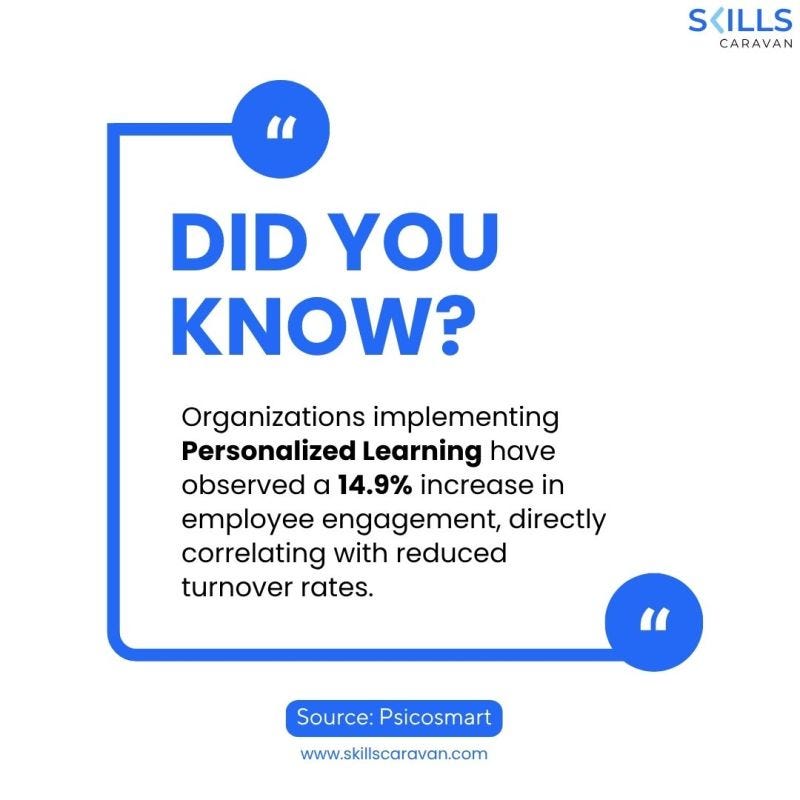How to Leverage an AI-powered LXP for On-the-job Learning
Introduction
On-the-job learning has always been a critical component of workforce development. But in today’s fast-paced and skills-driven economy, traditional learning methods often fall short. This is where an AI-powered LXP for On-the-job Learning enters the picture, reshaping how organizations deliver contextual, personalized, and scalable learning experiences in real time.
Whether you’re an L&D leader, HR strategist, or team manager, understanding how to harness the power of an AI-powered Learning Experience Platform (LXP) can unlock higher productivity, faster upskilling, and stronger employee engagement. In this blog, we explore how to leverage such a platform effectively.

What is an AI-powered LXP?
An AI-powered LXP (Learning Experience Platform) is a next-gen learning system that uses artificial intelligence to personalize content, automate recommendations, track learning progress, and integrate learning into the flow of work. Unlike traditional Learning Management Systems (LMS), an LXP focuses on user-centric learning, allowing employees to access relevant knowledge at the moment they need it.
When applied to on-the-job learning, an AI-powered LXP ensures that learning is not limited to formal sessions but is deeply embedded into daily work activities, tools, and processes.
Why Choose an AI-powered LXP for On-the-job Learning?
1.Contextual and Real-Time Learning
- Employees get recommendations based on the tasks they’re performing, roles they hold, or problems they encounter — directly within the workflow.
2.Personalization at Scale
- AI algorithms analyze user behavior, job performance, and skill gaps to tailor learning paths for each employee.
3.Microlearning and Just-in-time Support
- On-the-job learners prefer bite-sized, actionable content. AI-powered LXPs serve short, impactful content precisely when it’s needed.
4.Integrated Experience
- An AI-powered LXP integrates with workplace tools like Slack, Microsoft Teams, CRMs, and ERPs, enabling learning in the flow of work.
How to Leverage an AI-powered LXP for On-the-job Learning
1. Align LXP Capabilities with Business Goals
Start by identifying your key learning objectives and linking them with performance metrics. Ask:
- What skills are most critical for on-the-job success?
- Which departments or roles require immediate upskilling?
- What outcomes do we want from this learning initiative?
Once the goals are clear, configure your AI-powered LXP to align with these priorities — whether it’s sales enablement, customer support excellence, or leadership training.
2. Embed Learning into Daily Tools
One of the biggest strengths of an AI-powered LXP for on-the-job learning is seamless integration.
- Enable plugins or extensions for apps like Slack, MS Teams, or Chrome.
- Use APIs to connect your LXP with task management tools (e.g., Jira, Trello).
- Allow users to consume learning content while performing their routine tasks.
This ensures that learners don’t have to leave their workflow, making learning a part of everyday productivity.
3. Use AI to Automate Skill Mapping
With AI capabilities, your LXP can automatically:
- Identify individual skill levels.
- Map them to role-based competencies.
- Recommend personalized content or mentors.
This is especially useful for new hires, employees transitioning roles, or those preparing for leadership positions.
4. Incorporate Knowledge from Internal SMEs
An effective on-the-job learning strategy blends formal content with real-world know-how. Use the LXP to:
- Capture videos, articles, and tutorials from your internal subject matter experts (SMEs).
- Tag and categorize this content with the help of AI so it’s easily discoverable.
- Reward knowledge sharing to build a continuous learning culture.
5. Track Performance and Feedback Loops
One of the biggest advantages of an AI-powered LXP for on-the-job learning is its analytics engine.
- Monitor which content is being consumed, by whom, and with what result.
- Identify gaps in learner engagement or content effectiveness.
- Use data to refine learning pathways and improve outcomes.
You can even integrate with performance management systems to track if learning translates into job performance improvements.
Real-world Use Case: AI-powered LXP in Sales Training
Imagine a fast-growing sales team needing to stay updated on new products, negotiation tactics, and CRM best practices. With an AI-powered LXP:
- The platform recommends relevant pitch decks or product briefings when the rep opens a new sales lead in the CRM.
- New reps get auto-curated onboarding modules tailored to their territory or product line.
- Managers get reports on learning completion and correlate it with sales performance metrics.
This kind of real-time, performance-aligned learning was nearly impossible with traditional methods.
Best Practices for Success
✅ Involve Stakeholders Early — Get buy-in from HR, IT, business leaders, and end-users.
✅ Keep Content Fresh — Regularly update and optimize your learning library based on performance data.
✅ Support Learning Communities — Encourage peer-to-peer learning and discussions within the LXP.
✅ Measure Impact — Link learning engagement to key performance indicators (KPIs) like productivity, retention, or customer satisfaction.
Conclusion
Leveraging an AI-powered LXP for On-the-job Learning is not just a trend — it’s a strategic imperative in the modern workplace. By embedding learning into daily work, personalizing content with AI, and using data to drive improvement, organizations can unlock agile, empowered, and future-ready teams.
The key lies in starting small, staying user-centric, and continuously iterating. With the right approach, your workforce won’t just be learning — they’ll be learning better, faster, and smarter.

Comments
Post a Comment